Is Cardamom Found in Italy? A Flavorful Journey Through Spice Traditions
If you've ever wandered through a bustling Italian market or flipped open a classic Italian cookbook, you might have wondered: is cardamom actually used in Italian cuisine? After all, we often associate this fragrant spice with Scandinavian baked goods, Indian chai, or Middle Eastern desserts. But what about the land of pasta, pizza, and gelato?
In this blog post, we're diving deep into the question “is cardamom found in Italy?” by exploring historical use, regional variations, modern culinary trends, and even comparing its presence across global spice traditions.
Table of Contents
- A Brief History of Spices in Italy
- Cardamom in Italian Cuisine: Rare, but Not Nonexistent
- Cardamom Around the World vs. Its Role in Italy
- Where to Find Cardamom in Italy
- How to Use Cardamom Like a (Modern) Italian Chef
- 5 Practical Tips for Buying & Using Cardamom in Italy
- Conclusion
A Brief History of Spices in Italy
Italy has long been a crossroads of trade, culture, and flavor. During the height of the Venetian and Genoese spice trades in the Middle Ages and Renaissance, exotic spices like cinnamon, nutmeg, black pepper, and cloves flowed into Europe via Mediterranean ports.
However, cardamom never became as popular as these other spices on the Italian peninsula. While it was known, especially among aristocratic households, it remained a rarity—used more for medicinal purposes or in luxury confections rather than everyday cooking.
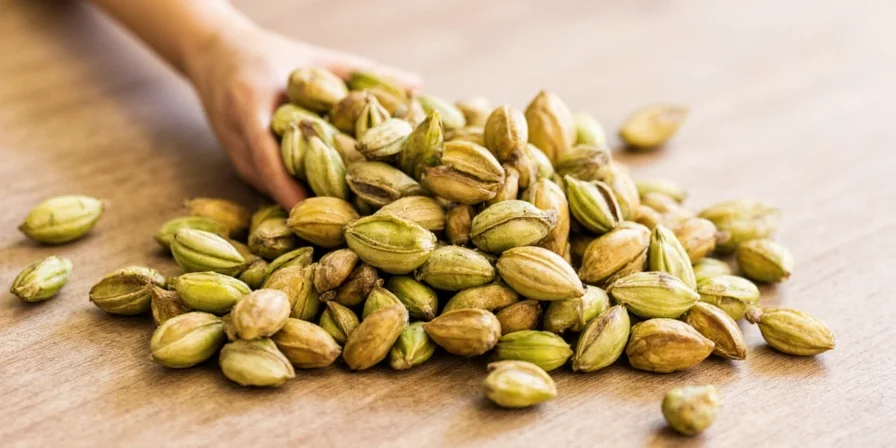
A historical illustration of Venice’s spice market during the Renaissance.
Cardamom in Italian Cuisine: Rare, but Not Nonexistent
So, is cardamom found in Italy? The short answer is yes—but not in the way you might expect. Traditional Italian dishes do not typically call for cardamom, but that doesn’t mean it’s absent from Italian kitchens entirely.
Regional Exceptions
- Sicily: Due to Arab influence during the medieval period, some Sicilian desserts, especially those with North African roots, occasionally include cardamom.
- North-Eastern Regions (e.g., Friuli-Venezia Giulia): Closer to Austria and the Balkans, where cardamom is more commonly used, you may find it in certain pastries or festive breads.
Modern Fusion Cuisine
With globalization and increased exposure to international cuisines, contemporary Italian chefs are experimenting more. Cardamom may appear in avant-garde reinterpretations of traditional recipes, such as cardamom-infused tiramisu or in fusion-style gelatos.
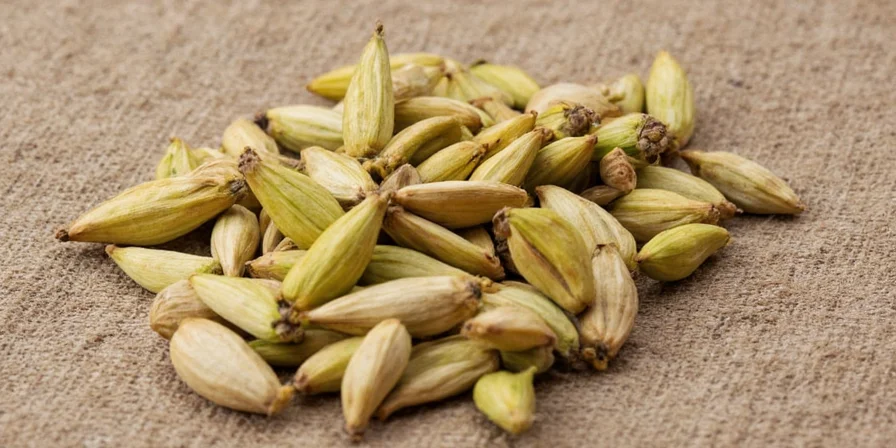
A modern take: cardamom gelato at a trendy Roman café.
Cardamom Around the World vs. Its Role in Italy
To understand cardamom’s place in Italy, it helps to compare how widely it’s used elsewhere. Let’s break it down with a handy comparison table:
| Region | Spice Usage Level | Common Dishes Featuring Cardamom | Italy Comparison |
|---|---|---|---|
| India | Very High | Chai, biryani, sweets like gulab jamun | Far less common; used only in niche or fusion dishes |
| Scandinavia | High | Kardemummabullar (cinnamon buns), holiday breads | Rare in traditional Italian baking, but gaining traction in modern patisseries |
| Middle East | High | Coffee blends, desserts, meat dishes | Only found in specialty shops or Middle Eastern restaurants in major cities |
| Italy | Low | Few traditional dishes, mostly in Sicilian and Friulian specialties | Niche ingredient outside mainstream recipes |
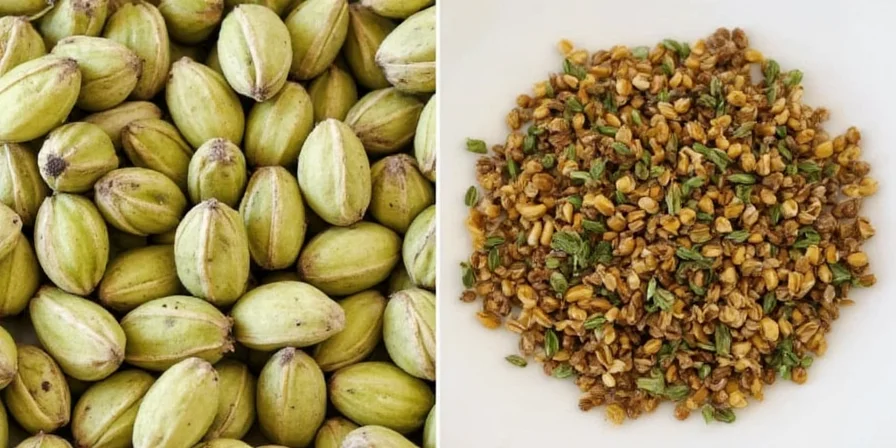
Cardamom plays a starring role in Indian spice markets.
Where to Find Cardamom in Italy
If you’re craving a touch of cardamom while in Italy, don't worry—you can still find it! Here are some places to look:
- International grocery stores in larger cities like Milan, Rome, or Florence often carry cardamom.
- Ethnic markets catering to Middle Eastern or South Asian communities will definitely stock it.
- Organic or gourmet food shops sometimes offer exotic spices for culinary adventurers.
- Online retailers like Amazon Italia or local e-commerce platforms also list both green and black cardamom pods.

Specialty spice shops in urban centers like Milan are your best bet.
How to Use Cardamom Like a (Modern) Italian Chef
Even though it’s not traditional, adding cardamom to Italian-inspired dishes can bring a surprising twist. Here are a few creative ideas:
- Add crushed cardamom seeds to ricotta before filling cannoli for an exotic kick.
- Infuse cardamom in cream for a unique panna cotta variation.
- Blend cardamom with chocolate in a modern reinterpretation of cioccolata calda (hot chocolate).
- Use cardamom in biscotti for a fusion-style snack that pairs perfectly with espresso.
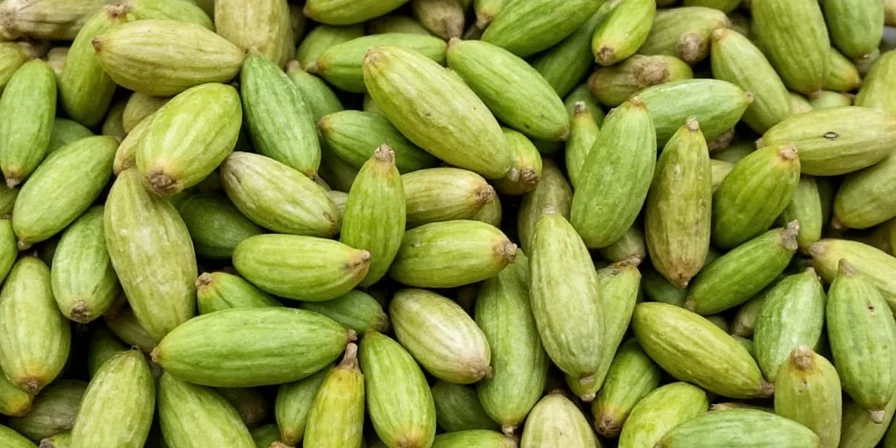
Modern biscotti recipe featuring cardamom for adventurous palates.
5 Practical Tips for Buying & Using Cardamom in Italy
- Buy whole pods instead of pre-ground powder whenever possible—they retain flavor longer.
- Store them properly: Keep cardamom in an airtight container away from light and heat to preserve aroma.
- Crush just before use: To release the full flavor, crush the seeds using a mortar and pestle or spice grinder.
- Pair wisely: Cardamom complements citrus, almonds, vanilla, and chocolate—ingredients already prevalent in Italian desserts.
- Experiment locally: Try visiting cafes or bakeries in multicultural neighborhoods to taste how others are incorporating it into Italian fare.
Conclusion
So, to answer the original question—is cardamom found in Italy?—yes, but very selectively. While it's not a staple in traditional Italian cooking, its presence is growing thanks to evolving tastes and global influences.
Whether you're a spice lover looking to explore Global Spice Traditions or an adventurous home cook curious about blending flavors, cardamom can add an exciting dimension to your Italian-inspired creations. And who knows? Maybe one day, cardamom will become a regular guest at the Italian dinner table—just like basil and oregano did centuries ago.
What’s your favorite way to use cardamom? Have you tried any Italian dishes with a spicy twist? Share your thoughts and recipes below!

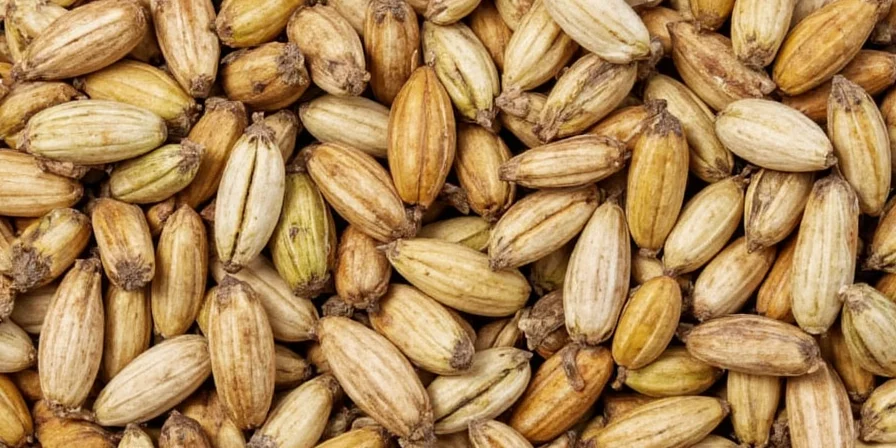









 浙公网安备
33010002000092号
浙公网安备
33010002000092号 浙B2-20120091-4
浙B2-20120091-4